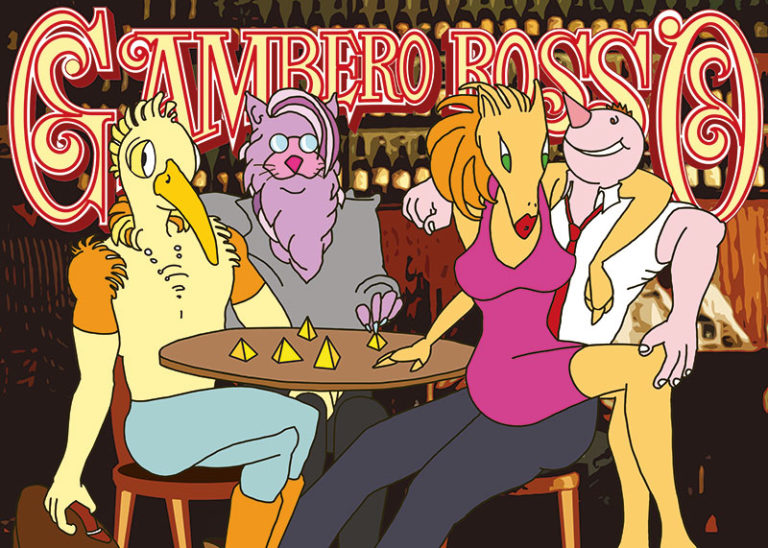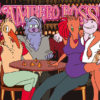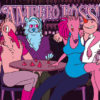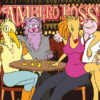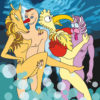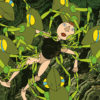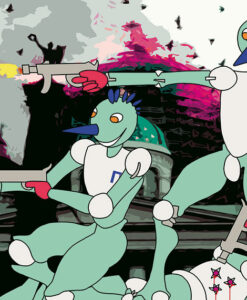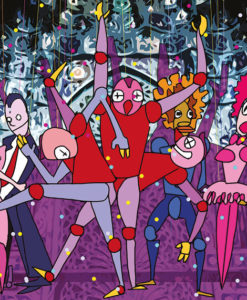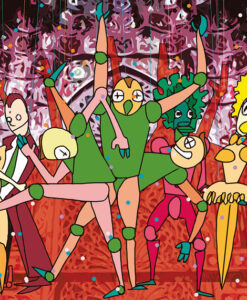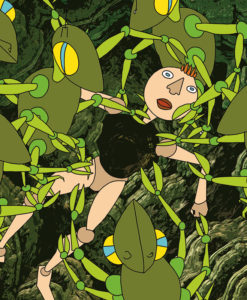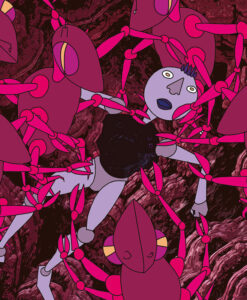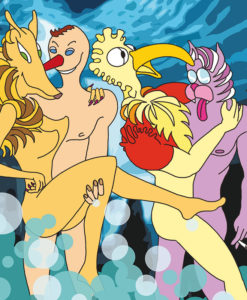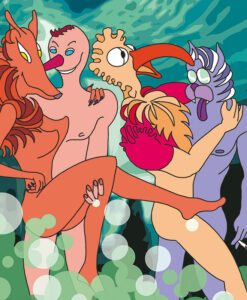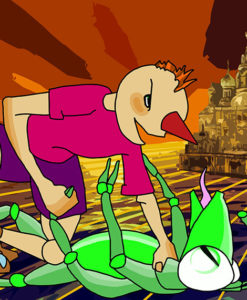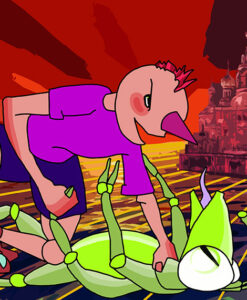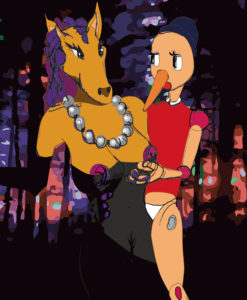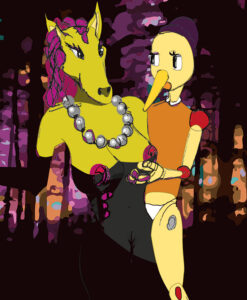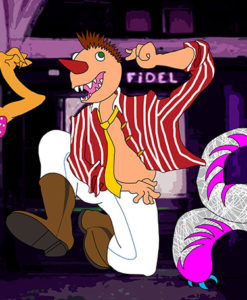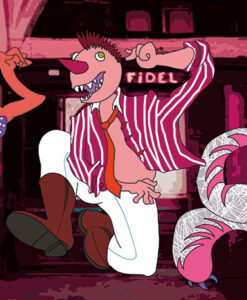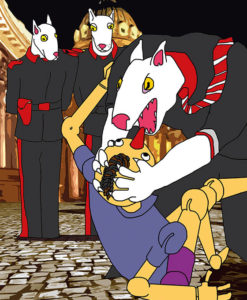Gambero Rosso is an Italian food and wine magazine and publishing group founded in 1986. Its name literally translates as “red prawn” and comes from a tavern in Pinocchio where the Fox and the Cat dine.
Gambero Rosso was initially an eight-page supplement of il manifesto, first published on 16 December 1986, and was founded by Stefano Bonilli. It contributed early to spreading the views of “ARCI Gola”, which was a forerunner to the Slow Foodmovement.
From 1987, Gambero Rosso has published a guide to Italian wine, titled Vini d’Italia, which in a short time became the most influential within Italy. It is also published in English translation under the title Italian Wines. From the 2010 edition, the guide is published without the participation of the Slow Food movement, following controversy over the removal of founder Stefano Bonilli from his position.
From 1990, a guide to Italian restaurants was published.
In 1992, Gambero Rosso was issued by Gruppo Espresso as a monthly magazine.
In 1999, a TV channel, Gambero Rosso Channel, was started in cooperation with Rai Sat. From July 2009 Gambero Rosso Channel is broadcast by Sky Italia, channel 411.
In 2002, Gambero Rosso’s Città del gusto (City of taste) was opened in Rome, featuring TV studios, cooking school, wine bar and professional and educational activities on 10,000 square meters. In Italy there are 4 different ‘Città del gusto’ in: Rome, Naples, Catania and Palermo. From 2009 Paolo Cuccia became the Chairman of Gambero Rosso Holding Spa.
From 2012 Gambero Rosso publishes digital versions of its guides: Vini d’Italia and Ristoranti d’Italia. Apps are available for: Apple iPhone, Samsung Apps, Google Play, Amazon Appstore and Windows 8.
Cristiano Ceretti, Post-Pop artist, from Milan transplanted in St. Petersburg, is present at the 54th Venice Biennale with the video installation “Pinocchio goes to Smolny”. Smolny is the public building in St. Petersburg, built between 1806 and 1808 by Italian architect Giacomo Quarenghi, the evident imprint of neo-classical buildings of Palladio. It is not so unusual, therefore, that the Milan Cristiano Ceretti, already awarded in past years in the Master Class of the city on the Neva, none other ports that the puppet of Carlo Collodi – Pinocchio – the symbolic place of Russian power. Smolny, in fact, after being the institution that received the noble girls, has become the seat of the provisional government of the Bolshevik revolution, then of the Soviet Communist Party, and the city administration of St. Petersburg. Emblematically, Putin himself has worked in the building of Smolny soon after Yeltsin’s putsch, until the mid-90s.
What draws post-pop artist Cristiano Ceretti, from the unpublished meeting between the most popular guy in the world of wood, with a temple of power as Smolny? A figure, meanwhile, have in common: they are both, in their way, the mutants. The faces of power one another over the centuries, but Smolny is the stage on which his masks chase with systematic basis. Pinocchio, half robot, half man, is also a person of passage, transition, a nomadic existence, upon which a rudimentary wood technology – a prototype of the post-human, we would say today – that Ceretti projects in variegated contemporary scenarios of urban and natural life, the Venice of the north. Hybrid is the artist’s painting technique.

